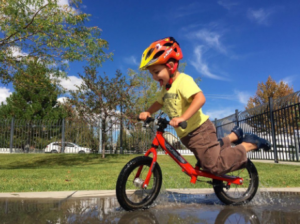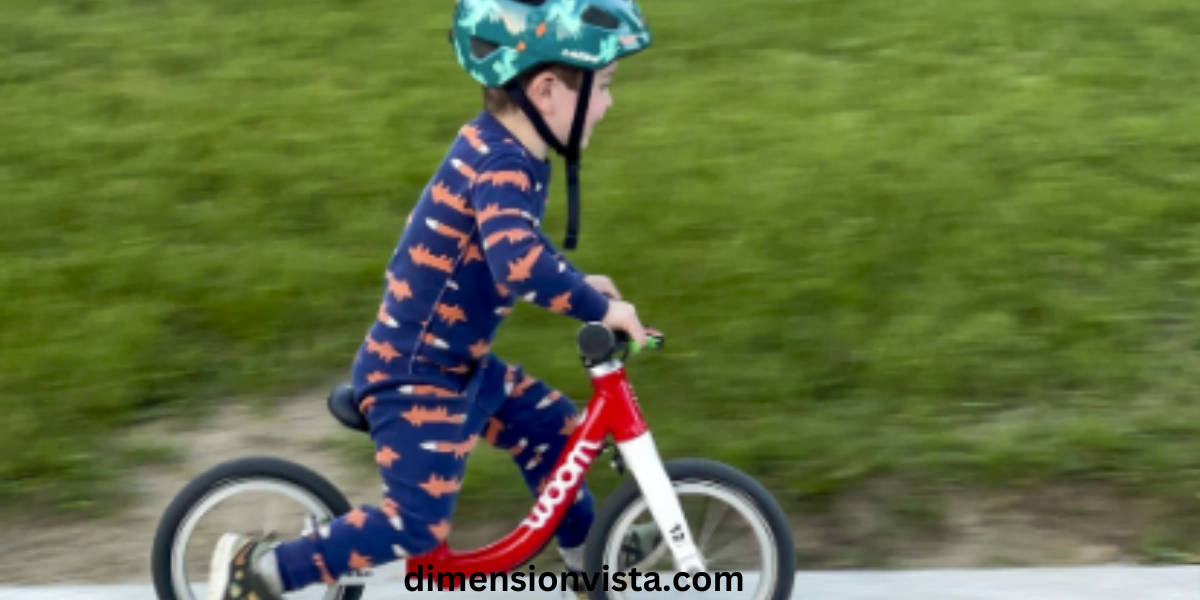The Benefits of Balance Bikes for Kids have revolutionized the way children learn to ride, offering a fun and effective method to master cycling skills. Unlike traditional bicycles with training wheels, balance bikes are pedal-less two-wheelers that allow kids to focus on balancing and steering, laying a solid foundation for future cycling endeavors.
What Is a Balance Bike?

A balance bike is a two-wheeled bicycle without pedals, designed to help young children develop balance and coordination. Children propel themselves by pushing off the ground with their feet, allowing them to concentrate on balancing before transitioning to a pedal bike. This method contrasts with the use of training wheels, which can create a false sense of balance and may delay the learning process.
Key Features of Balance Bikes
When selecting a balance bike for your child, consider the following features:
- Lightweight Frame: Ensures easy maneuverability for young riders.
- Adjustable Seat Height: Accommodates your child’s growth and ensures a proper fit.
- Appropriate Wheel Size: Typically ranges from 12 to 14 inches, suitable for children aged 18 months to 5 years.
- Safety Features: Look for models with handlebar steering limiters and child-friendly brake levers to enhance safety.
Developmental Benefits of Balance Bikes
Balance bikes offer numerous advantages that extend beyond just learning to ride:
1. Enhances Balance and Coordination
By focusing solely on balancing, children develop essential motor skills that are crucial for various physical activities. This foundational skill set promotes confidence and physical literacy.
2. Builds Confidence and Independence
As children gain proficiency on balance bikes, they experience a sense of accomplishment. This boost in self-esteem encourages them to take on new challenges, fostering independence.
3. Promotes Physical Fitness
Riding a balance bike is an excellent way for children to engage in physical activity, helping to combat sedentary lifestyles and promoting overall health.
4. Facilitates Social Interaction
Group rides and playdates involving balance bikes can enhance social skills, teaching children about sharing, communication, and teamwork.
5. Smooth Transition to Pedal Bikes
Children who start with balance bikes often find it easier to transition to pedal bikes without the need for training wheels, as they’ve already mastered the crucial skill of balancing.
Choosing the Right Balance Bike
Selecting the appropriate balance bike involves considering several factors:
- Age and Size of the Child: Ensure the bike fits your child’s current height with room for growth.
- Material of the Frame: Options include aluminum, steel, wood, or plastic, each offering different weights and durability.
- Tire Type: Air-filled tires provide better traction and a smoother ride, while foam tires are maintenance-free and lightweight.
- Brake System: Some balance bikes come equipped with hand brakes, which can be beneficial as children gain speed and confidence.
Safety Tips for Balance Bike Riders
Ensuring your child’s safety while they enjoy their balance bike is paramount:
- Always Wear a Helmet: Protective headgear is essential to prevent injuries.
- Choose Appropriate Riding Areas: Opt for flat, open spaces away from vehicular traffic.
- Supervise Young Riders: Adult supervision helps prevent accidents and provides guidance.
- Teach Proper Stopping Techniques: Instruct your child on how to slow down and stop safely using their feet or hand brakes if available.
Conclusion
Introducing your child to a balance bike can set the stage for a lifetime of enjoyable and confident cycling. The skills acquired through balance biking extend beyond just riding; they contribute to overall physical development, confidence building, and social interaction. By choosing the right balance bike and ensuring safe riding practices, you’re providing your child with a valuable tool for growth and adventure.

